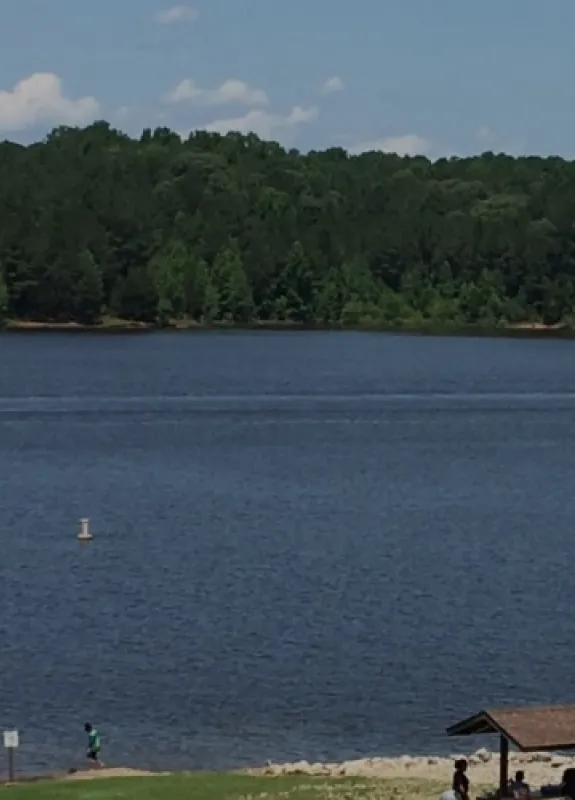half-content-main-title
UNRBA Modeling
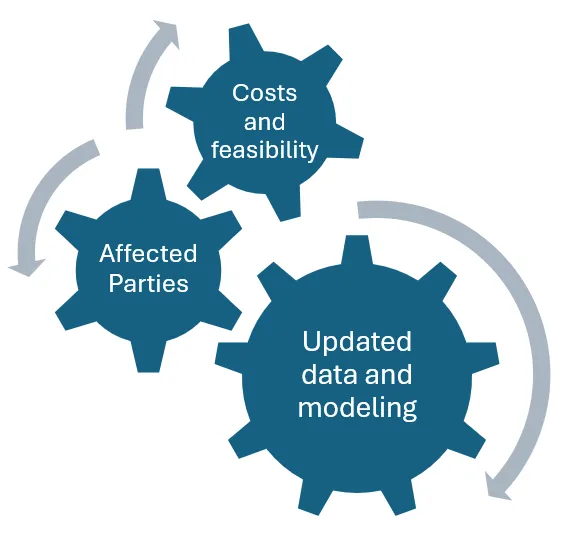
Development of the Program
To re-evaluate the requirements, the 2011 Falls Lake Rules require updated models for the watershed and lake. These complex computer programs require careful planning. Well-developed models provide important tools for decision making. The UNRBA worked with parties affected by the Rules. Together, we developed a list of questions for the models to answer. This information, along with an evaluation of the feasibility of management actions, informed development of the UNRBA recommendations for revised Falls Lake Rules.
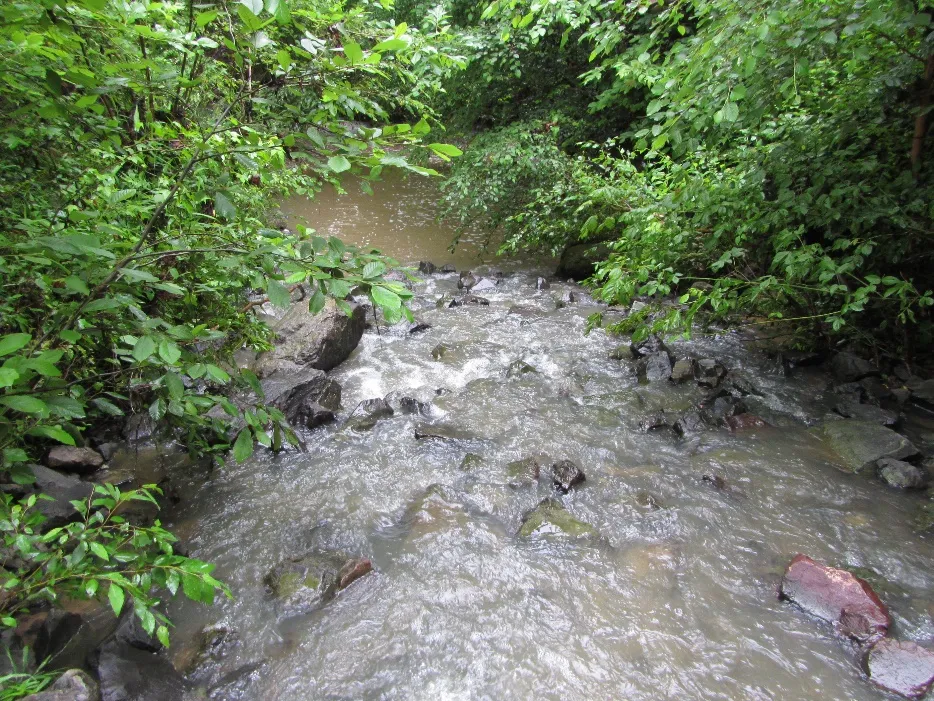
Planning Documents
The 2011 Falls Lake Rules specified the planning documents requiring approval by the State of North Carolina before modeling could begin. The UNRBA developed and submitted the required documents. The North Carolina Division of Water Resources approved both. These documents explain how the models should be developed and evaluated. Please note that links within these documents may be outdated. We recommend that readers refer to the resource library for access to UNRBA reports and materials.
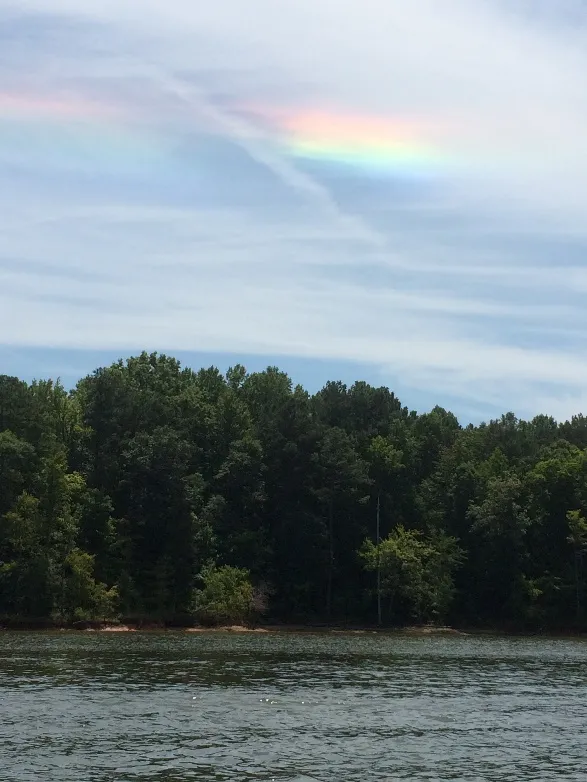
Model Selection
Before modeling began, the UNRBA conducted a model selection process This evaluation included input from parties affected by the Rules. The UNRBA selected three models:
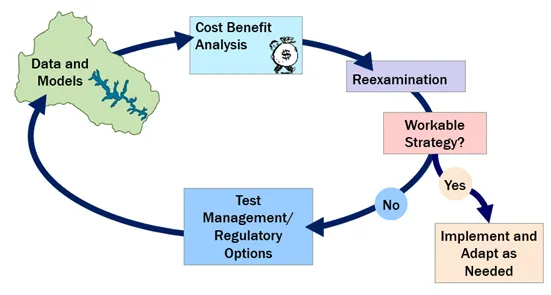
Conceptual Plan
The purposes and relationships of these models toward developing a revised strategy is described in the Conceptual Modeling Plan. Note that links within this document may be outdated. Please refer to the Resource Library for updated links to UNRBA reports and materials.
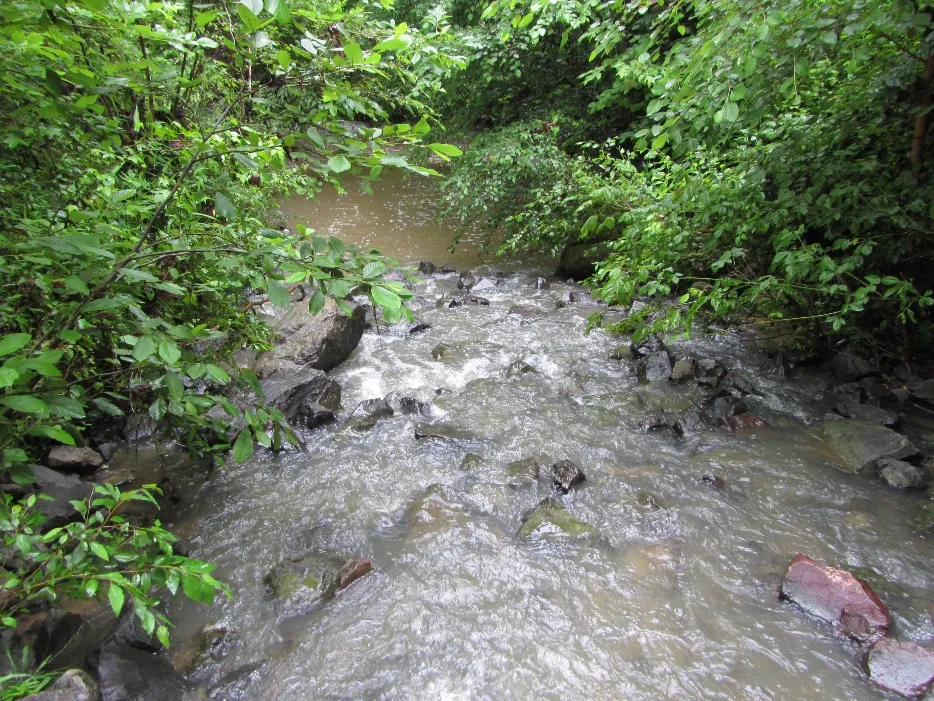
2016 Technical Stakeholder Workshop
In September 2016, the UNRBA hosted a kickoff meeting for the modeling work where the UNRBA presented its plan for the reexamination. This workshop also documented input from stakeholders about how the models would be used. Links to the workshop presentations and materials are here.
half-content-main-title
UNRBA Watershed Modeling
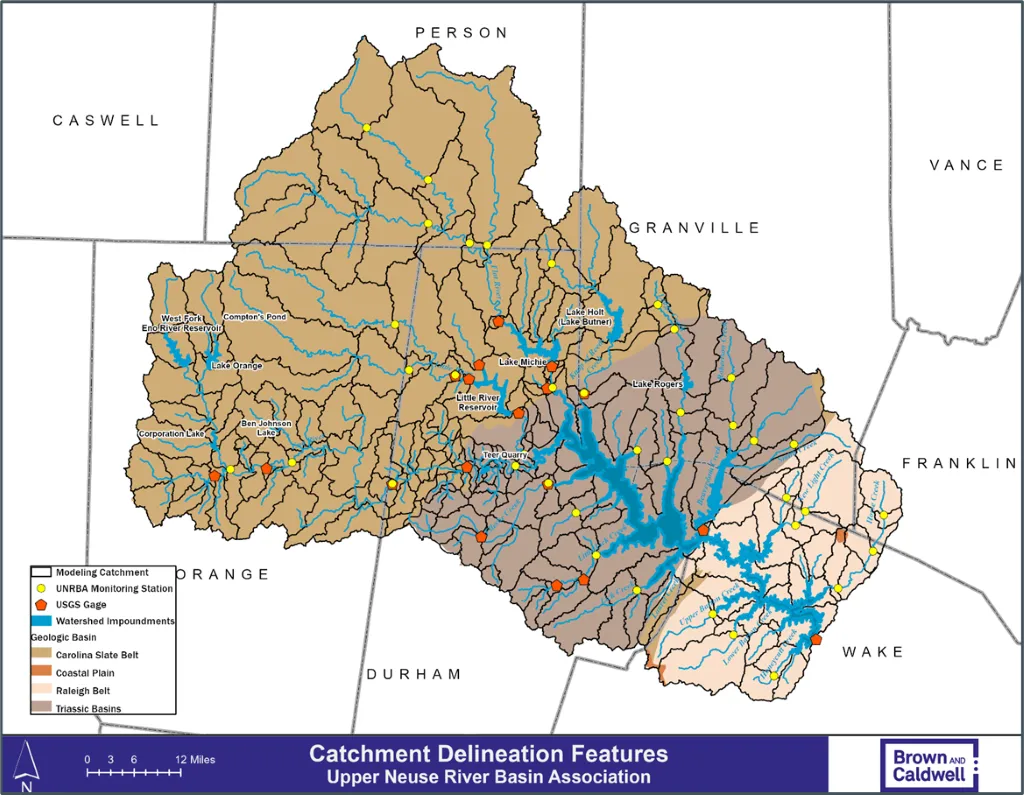
WARMF Model
The UNRBA selected the Watershed Analysis Risk Management Framework (WARMF) for the watershed model. This computer program simulates stream flows and nutrient loads to Falls Lake. The model also simulates sediment and total organic carbon loading. When the North Carolina Division of Water Resources conducted their watershed modeling for the Falls Lake, they also used the WARMF model.
The UNRBA watershed model divides the basin into 264 units. Many units correspond to water quality monitoring stations, and the model predictions are compared to measured values. The model is adjusted until the predictions are close to observations. Geology and land use are important for simulating the watershed. Different soils respond to rainfall differently. Triassic Basin soils are challenging for managing water quality. These soils are shown in the figure as the band of soils across the middle of the watershed.
Click here for more information on the development and key findings of the watershed model.
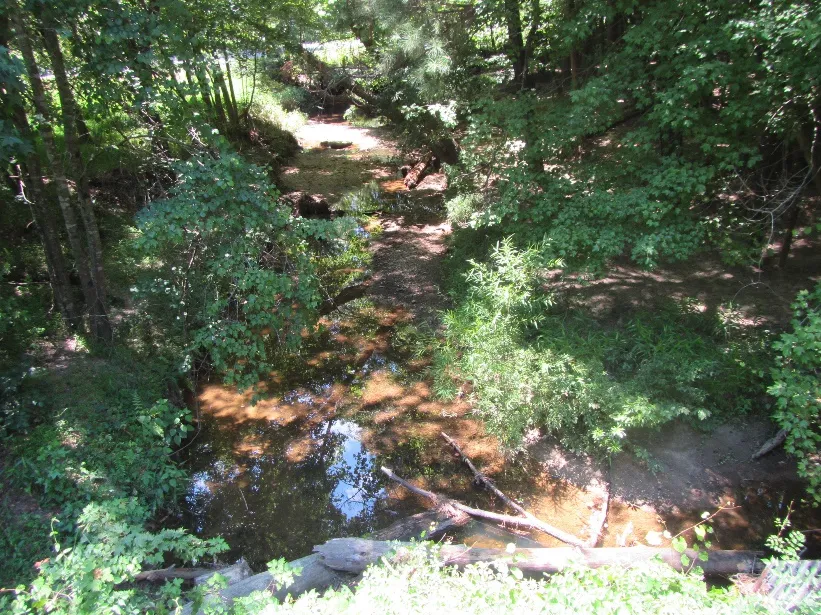
2017 Technical Stakeholders Workshop
In October 2017, the UNRBA held the second stakeholder meeting to discuss data input needs for the models. The stakeholders discussed how local data would be shared with the UNRBA. Links to the workshop presentations and materials are here.
Watershed Model Report
The UNRBA invested an exceptional amount of time and resources to develop the watershed model. Data was gathered from local organizations and State agencies. Experts from the NC Collaboratory reviewed the model as it was developed. These efforts are documented in the final UNRBA Watershed Model Report. It was submitted in December 2023 to the NC Division of Water Resources and the NC Environmental Management Commission.
View the links below for summary-level information on nutrient loading to Falls Lake:
- Key findings from the watershed modeling (compiles three documents that may be accessed individually as well)
- Historic trends in total nitrogen and total phosphorus loading to Falls Lake
- Importance of precipitation
- Percent contributions from watershed sources to Falls Lake
- UNRBA Watershed Modeling Report for Falls Lake
UNRBA Lake Modeling
The UNRBA has developed three models of Falls Lake. Two of these models were developed to predict lake water quality in response to nutrient loading from the watershed. One was developed to evaluate the impacts to the designated uses of the lake (drinking water supply, recreation, and aquatic life support). Brief information on each of the three lake models is provided below. Detailed information is available here in the UNRBA Lake Modeling Report. Key findings of the lake modeling are available here.
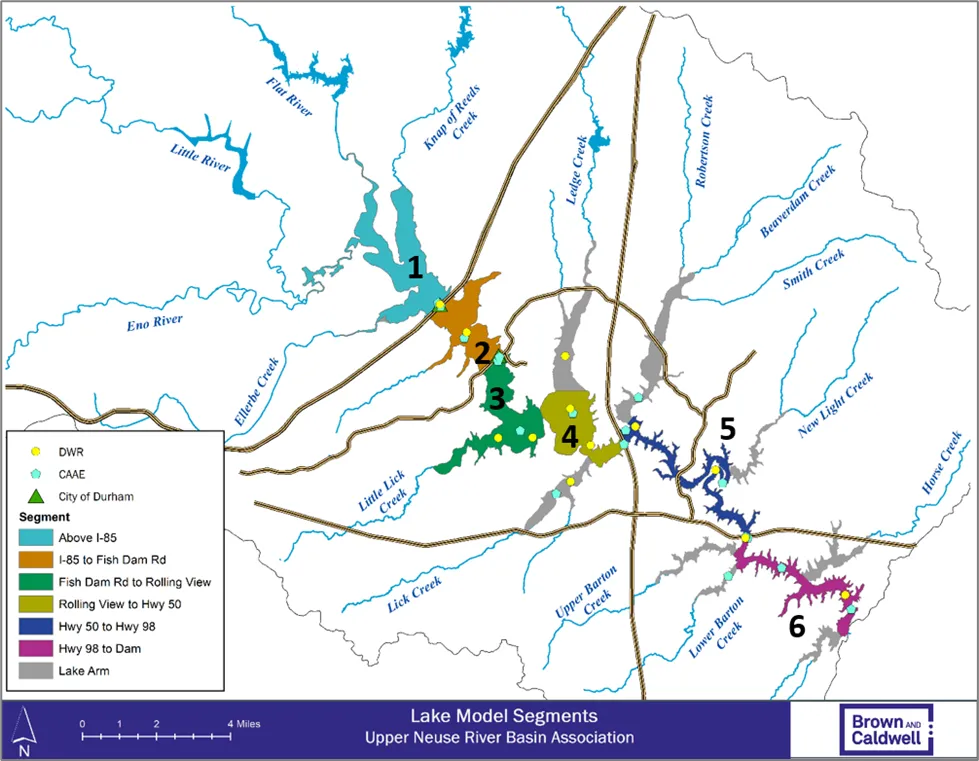
WARMF Lake
The first lake model is the Watershed Analysis Risk Management Framework (WARMF) Falls Lake Model. This model divides the reservoir into several modeling units. Six units are along the mainstem of the lake. Stream flows and pollutant loading simulated from the WARMF watershed model are directly linked to the WARMF Falls Lake Model. This direct linkage allows us to test the effects of watershed management on lake water quality.
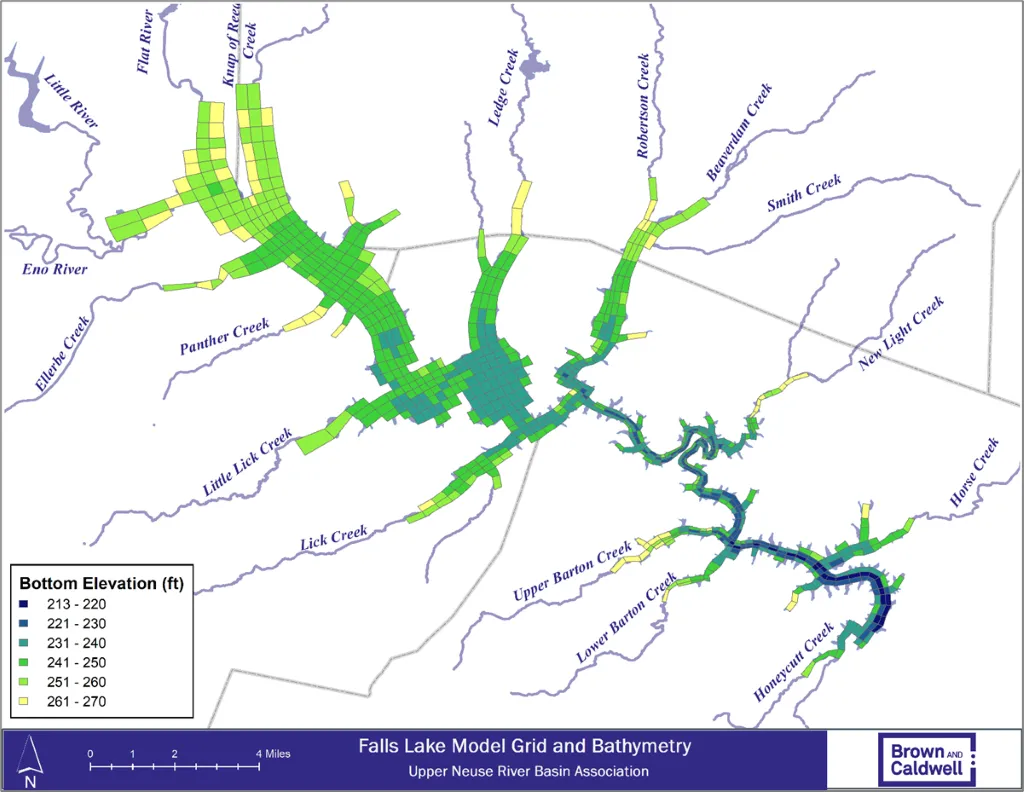
EFDC
The second lake model is the Environmental Fluid Dynamics Code (EFDC) Falls Lake Model. When the NC Division of Water Resources conducted their lake modeling for the 2011 Falls Lake Rules, they also used the EFDC model.
The UNRBA EFDC model for Falls Lake includes over 800 horizontal grid cells with up to 10 vertical layers. Nutrient loads simulated from the WARMF watershed model provide inputs to the EFDC Falls Lake Model.

Linkage to the Watershed Model
The UNRBA set up both the WARMF and EFDC Falls Lake models to use the information from the WARMF watershed model. Tributary stream flows and associated pollutant loads from the watershed model are input to both lake models. These pollutants include sediment, nutrients, total organic carbon, and algae. This linked approach allows us to assess how changes in the watershed affect the lake. Previous modeling did not use a watershed model to provide input files to the lake model. This linkage is required to evaluate the feasibility and impacts of proposed management activities.
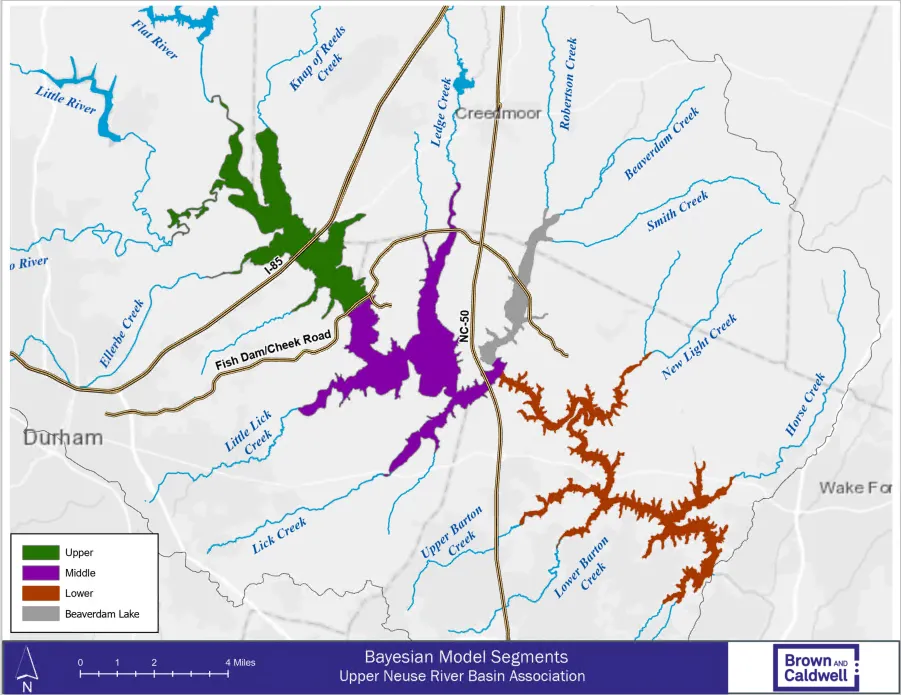
Statistical/Bayesian Model
The third lake model is a statistical/Bayesian model that divides the lake into three parts. The purpose of this model is to understand how nutrient loading and lake water quality affect designated uses. The designated uses of Falls Lake include fishing, swimming, and drinking water supply. This model relies heavily on the water quality data collected in Falls Lake since the 1980s.
The UNRBA convened a Technical Advisors Workgroup to support this effort. Users of the lake were asked to provide information on how lake water quality affects management of a use. Representatives from Triangle Fly Fishers and Wake County Parks and Recreation participated. Staff from the City of Raleigh Water Treatment Plant also participated. Local experts in the fields of water chemistry and lake processes provided important input.
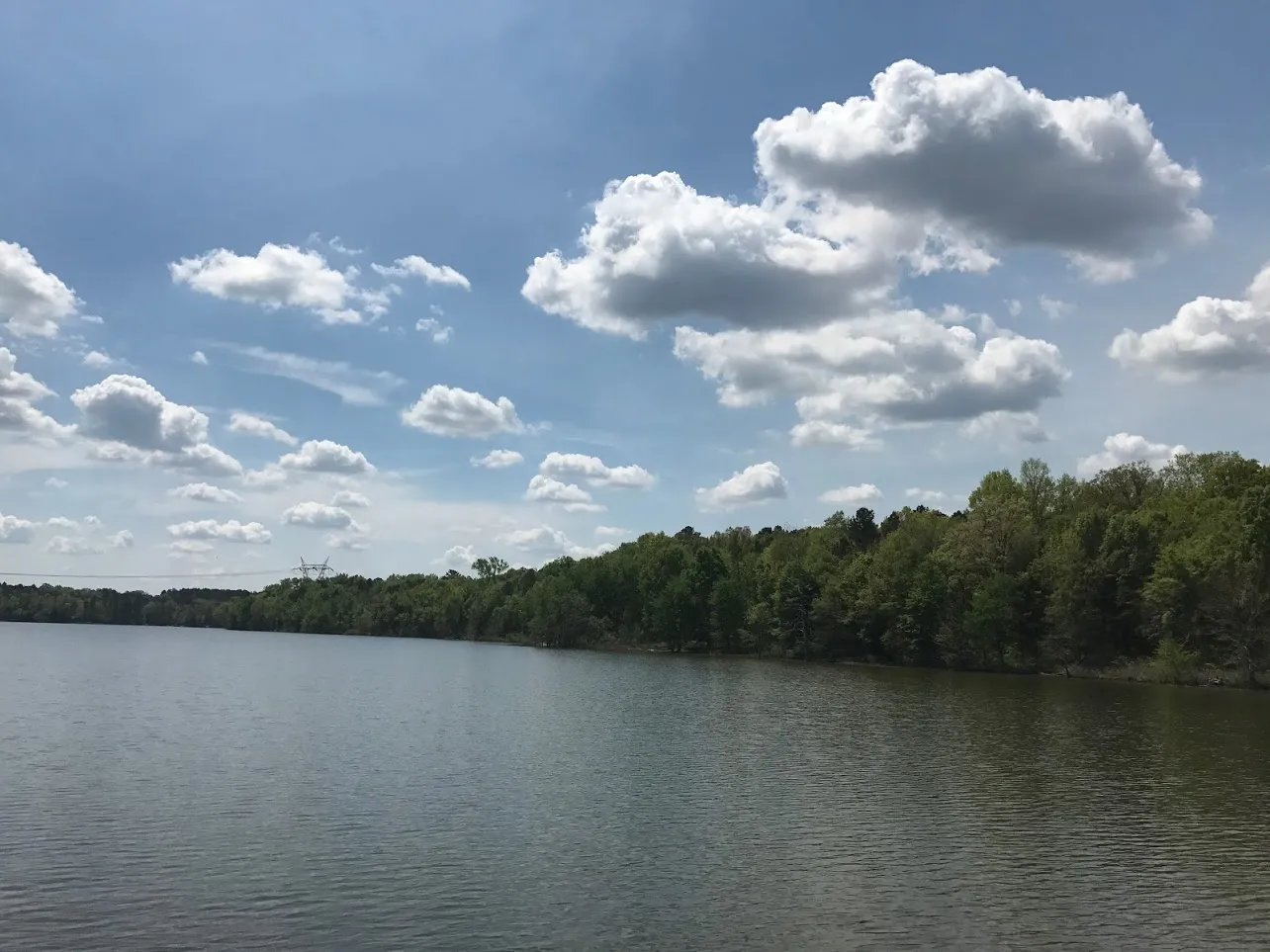
Lake Model Report
The UNRBA invested an exceptional amount of time and resources to develop three lake models. This level of effort is well beyond what is typically done to develop regulatory modeling tools. Stakeholder input was included throughout the process. Subject matter experts reviewed the development, findings, and reporting. The UNRBA Lake Modeling Report summarizes the development and application of the three lake models. A summary of key findings from the lake modeling is available here.
